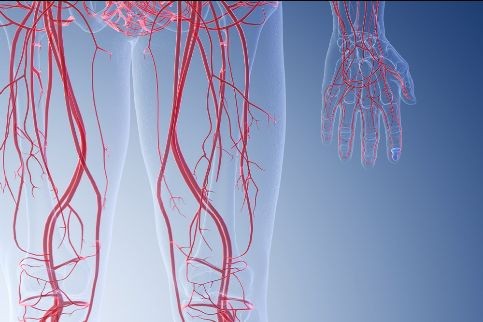Detecting Blood Cancer

For Blood Cancer Awareness Month, Columbia Global Centers | Mumbai organized the sixth virtual panel discussion of its series, Screenings that Save, on September 15, 2021, in partnership with the Herbert Irving Comprehensive Cancer Center. The webinar featured leading experts from Columbia University and Indian institutions who addressed the disparities in blood cancer incidence and mortality, and identified interventions that are essential to reduce the disease.
Blood cancer is an umbrella term for a large group of cancers that primarily includes leukemia, lymphoma, myeloma, and their subtypes. As opposed to their solid tumor counterparts, they are dispersed and due to their disparate nature, their symptoms and severity often get overlooked.
In India, where rates of leukemia are among the highest in the world, there are several factors which lead to a delay in diagnosis and thereby to late referrals. These include lack of awareness, inability to access information, stigma associated with the disease, under-diagnosis, and general misinformation regarding blood cancers.
“It is important to diagnose multiple myeloma early on to prevent morbidity and loss of quality-adjusted life years,” remarked Rajshekhar Chakraborty, Assistant Professor of Medicine, Columbia University Irving Medical Center, as he presented the epidemiology, early detection, and treatment of multiple myeloma. As the disease is most commonly diagnosed in individuals over 60, Dr. Chakraborty identified the increase in the aging population as a key contributor to the global rise in multiple myeloma cases noticed over the past few years. While pointing out the lack of population-based screening, he described some clinical symptoms and key laboratory findings that aid in early detection of this disease. He noted that through drugs and a treatment paradigm, survival rates from multiple myeloma have improved over the past few years.
Blood cancers are the most common malignancy in children, accounting for maximum cases of childhood cancer. “India contributes nearly 28% of the global childhood cancer burden,” remarked Venkatraman Radhakrishnan, Professor of Medical Oncology at the Cancer Institute (W.I.A.) in Chennai, the second panelist of the session. He attributed causes such as non-specific symptoms, late presentation, incorrect diagnosis, inadequate or no treatment, lack of follow-up, limited research, and poor palliative care to poor survival rates in children in India. Suggesting that blood cancer in children cannot be detected early as it presents with non-specific symptoms, Dr. Radhakrishnan shed light on other challenges faced by pediatric oncologists in treating blood cancer in India such as rarity of the disease, drug testing not done on children owing to safety concerns, long-term toxicity of treatment, and a wide gap in treatment modalities between developed and developing countries. As a solution, he advocated for increased collaboration, improved enrolment in clinical trials, development of protocol-based treatment models, and increased funding for research to improve survival outcomes among children in India.
Justine Kahn, Assistant Professor of Pediatrics at Columbia University Irving Medical Center, described the signs and symptoms of acute lymphoblastic leukemia (ALL) in children and in adolescents/young adults (AYAs). She provided an overview of different treatment approaches and guidelines for supportive care for these patients. Addressing the importance of clinical trials, she stated that improvement in survival outcomes of children suffering from ALL has been possible because of research to identify predictors of poor outcomes, and informed use of risk-directed, response-adapted, combined-modality therapies and sequential therapeutic trials to guide and advance the standard-of-care. Dr. Khan argued that AYAs (ages 15 to 39) with cancer have inequitable access to oncology services that consider their unique need. She identified differences in host and tumor biology, psychosocial and emotional factors unique to AYAs, life-stage and changes specific to young adulthood, lack of specialised cancer centers or expertise, poor clinical trial participation, and poor treatment and follow-up adherence as challenges that were specific to AYAs. Solutions proposed by Dr. Kahn to reduce the burden of blood cancer in AYAs included the use of telehealth services, providing early psychosocial support, educating patients and their parents/caregivers, providing flexibility in treatment plans, promoting contact with other AYAs through support groups, simplifying medical treatment, and providing ready hospital support whenever necessary.
Panelists posited that while the Covid-19 pandemic had altered care at individual and systemic levels, the use of telehealth tools could prove to be effective and efficient in providing care and follow-up.